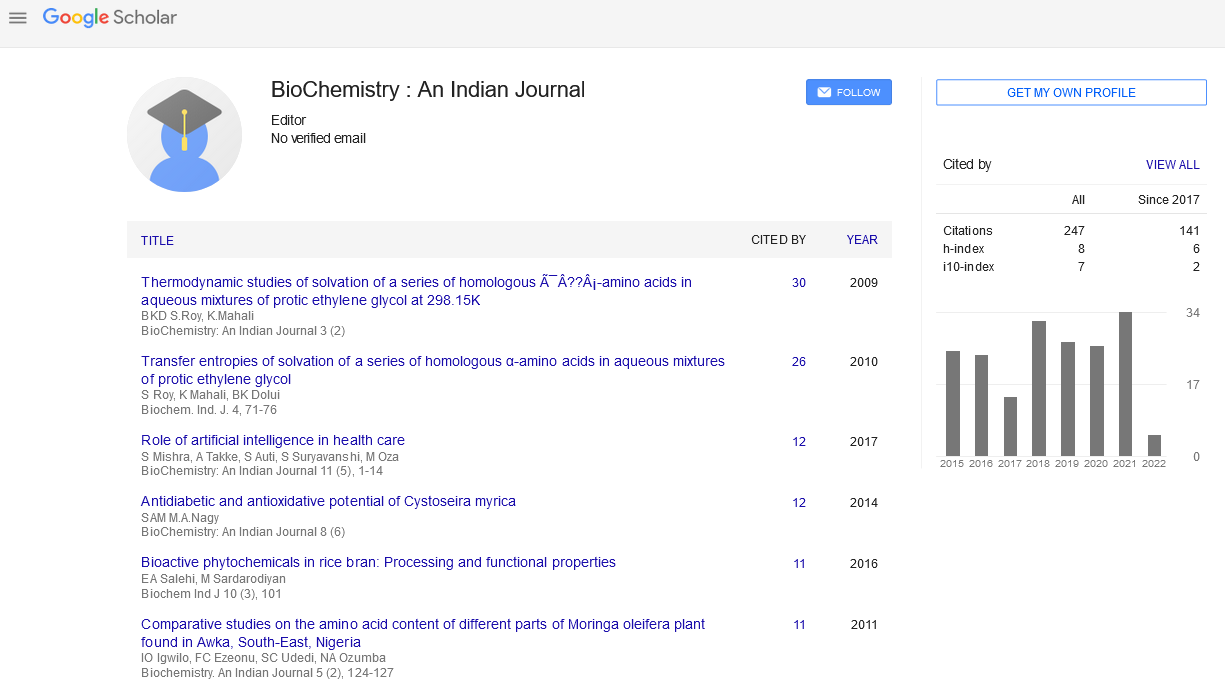Abstract
Hormonal changes in women with polycystic ovary syndrome in relation to Body mass index
Author(s): Doddappa Bannigida, B Shivananda Nayak*Polycystic ovary syndrome (PCOS) is a common heterogeneous disorder in women of reproductive age and the most frequent cause of hyperandrogenism, combined with anovulatory infertility. Its complex pathogenesis involves hypothalamic-pituitary disturbances in gonadotropin secretion, specifically increased levels of luteinizing hormone (LH) with impaired ovary steroidogenesis and reducing the synthesis of sex hormone-binding globulin (SHBG). A case-control study was conducted on with 100 diagnosed PCOS patients (50 obese and 50 non-obese) and 100 controls (50 obese and 50 non-obese) aged 18–40 years at Koppal Institute of Medical Sciences, Koppal. All the data were expressed as mean ± SE. The mean were analyzed by one way ANOVA followed by Student Newman Keul’s multiple comparison tests. LH, Testosterone, estrogen, AMH and DHEAS were increased while FSH and SHBG were decreased irrespective of BMI. However prolactin (PRL) did not any statistical significance. Hormonal disturbances are due to hypothalamic-pituitary axis abnormality with increased gonadotropin secretion, ovary steroidogenesis and reducing the synthesis of sex hormone-binding globulin (SHBG) irrespective of BMI status of women with PCOS.

